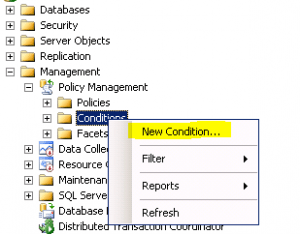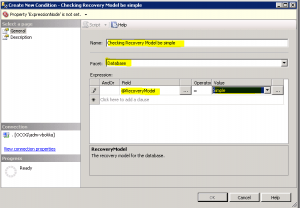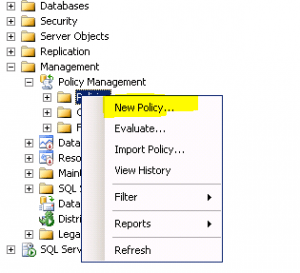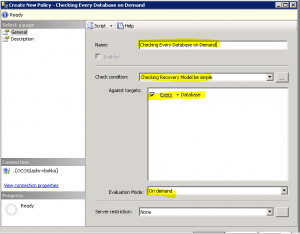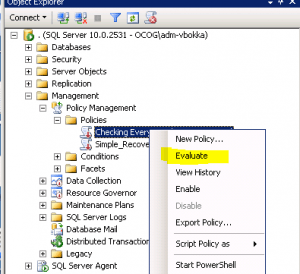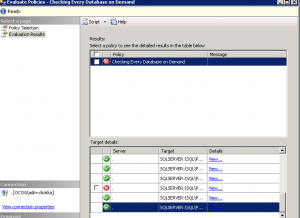Memory configuration and using AWE /3GB /USERVA in SQL Servers 2005/2008 in 64 bit and 32 bit installations
In this post we will discuss various memory configurations in 64 bit and 32 bit installations of SQL Server:
In 32 bit OS systems, AWE was used for addressing the issue to access the memory above the 32 bit process limitation. It also enables SQL Server to lock pages in memory.
Servers that are x86 or 32 bit have a VAS region that is 2^32 in size or roughly speaking 4 GB. This is by default split 50/50 into kernel mode and user mode VAS regions. To work around this limitation, the /3GB and /USERVA boot.ini switches can be used to change the user/kernel mode proportions from 50/50 to 75/25 (/3GB) or a user defined … Read the rest

